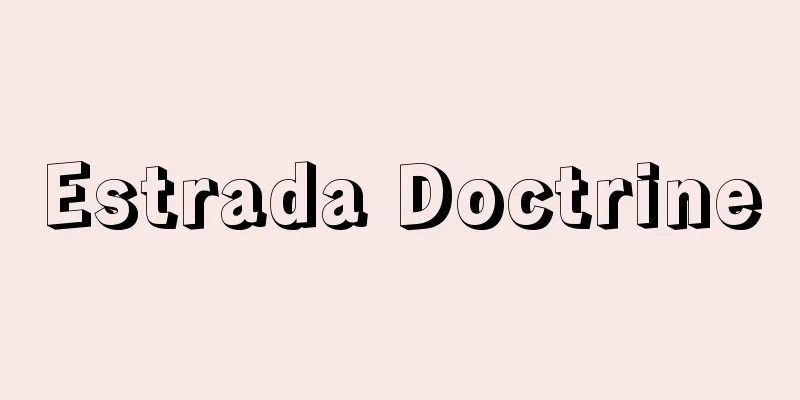Drinking light - Onko

|
A Shingon Buddhist monk in the Edo period. Known for his revival of the precepts and his study of Sanskrit (Bonskrit), he was called the "Little Shakyamuni of Japan." His pen names were Hyakufuchidoji, Hyakufuku Doja, Soryusou, and Katsuragi Sanjin. He was also known by the names Jinsonja, Jinson-san, and Katsuragi Sonja. His childhood name was Manjiro. His father was Kamitsuki Yasunori (1665-1730) and his mother was a member of the Kuwahara clan. He was born as the seventh son in the Takamatsu Domain's storehouse in Nakanoshima, Osaka, and became a monk at the age of 13 under Ningou (1671-1750). At the age of 18, he studied Confucianism under Ito Togai in Kyoto, and at the age of 24, he studied Zen under Zen Master Daimai (1682-1757) in Shinshu (Nagano Prefecture). He traveled around the country to study and study, and in 1744 (Enkyo 1), he founded the Shoboritsu (Correct Law) at Choei-ji Temple in Takaida, Settsu (Osaka Prefecture), and adopted the motto of "return to Shakuson." At the age of 41, he established Soryu-an in the mountains of Ikoma, and after 10 years, he completed the great work "Shinryo (Buddhism and the Bridge)" consisting of 1,000 volumes. He also preached the Ten Good Precepts at Amida-ji Temple in Kyoto, and established Koki-ji Temple in Kawachi (Osaka Prefecture) as the main training center for the Shoboritsu (Correct Law). He passed away at the age of 87 at Amida-ji Temple in the first year of the Bunka era. His other books include "Juzen Hōgo" and "Hōfuku Zugi." He is also known for his research on Shinto, and advocated Unden Shinto. [Yukatsu Miyasaka, May 19, 2017] "Japanese Classical Literature Series 83 Kana-Hōgoshu (1964, Iwanami Shoten), edited by Miyasaka Yukatsu" "Complete Works of Jion Sonja, Vol. 17 and Supplement Vol. 1 (Reprint, 1974, Shibunkaku Publishing), edited by Hase Takahide" [Reference items] | | |Source: Shogakukan Encyclopedia Nipponica About Encyclopedia Nipponica Information | Legend |
|
江戸時代の真言宗の僧。戒律の復興、サンスクリット(梵学(ぼんがく))研究で知られ、「日本の小釈迦(しょうしゃか)」と称された。号は百不知童子(ひゃくふちどうじ)、百福(ひゃくふく)道者、双竜叟(そうりゅうそう)、葛城(かつらぎ)山人。通称、慈雲尊者(じうんそんじゃ)、慈雲さん、葛城尊者などという。幼名は満次郎。父は上月安範(かみつきやすのり)(1665―1730)、母は桑原氏。七男として大坂中之島の高松藩蔵屋敷(くらやしき)で生まれ、13歳で忍綱(にんごう)(1671―1750)に就いて出家得度した。18歳で京都の伊藤東涯(いとうとうがい)に儒学を、24歳のとき信州(長野県)の大梅(だいまい)禅師(1682―1757)に禅を学ぶ。諸国を巡って学問修行に励み、1744年(延享1)、摂津(大阪府)高井田長栄寺で正法律(しょうぼうりつ)を創唱して、釈尊(しゃくそん)に帰れをモットーとした。41歳のとき生駒(いこま)山中に双竜庵(あん)を結び、10年をかけて『梵学津梁(しんりょう)』1000巻の大著を完成。また京都阿弥陀(あみだ)寺で十善戒(じゅうぜんかい)を説き、河内(かわち)(大阪府)高貴寺を正法律の根本道場とした。文化(ぶんか)元年、阿弥陀寺において87歳で示寂。著書は、ほかに『十善法語』『方服図儀』などがある。また、神道の研究で知られ、雲伝(うんでん)神道を唱えた。 [宮坂宥勝 2017年5月19日] 『宮坂宥勝校注『日本古典文学大系83 仮名法語集』(1964・岩波書店)』▽『長谷宝秀編『慈雲尊者全集』17巻・補遺1巻(復刻版・1974・思文閣出版)』 [参照項目] | | |出典 小学館 日本大百科全書(ニッポニカ)日本大百科全書(ニッポニカ)について 情報 | 凡例 |
<<: Pitch neumes - Pitch neumes
Recommend
Gasteracantha crucigera (English spelling) Gasteracantha crucigera
…[Izumi Kayashima]. … *Some of the terminology th...
Lamium - Let's dance
A perennial plant of the Lamiaceae family (APG cl...
Aconitic Acid - Aconitic Acid
C 6 H 6 O 6 (174.11). A tricarboxylic acid equiva...
Sex hormones
Sex hormones are secreted from the gonads of both...
Henry III and his court
…He wrote over 300 works in a wide range of genre...
Old pine tree
(1) Noh piece. First piece: Waki no mono (suppo...
Impactor - Impactor
...An instrument that measures the amount of fine...
Celsius Temperature Scale - Reshiondomemori
A temperature scale. The freezing point of water i...
Franchise
...It is also characteristic of Japan that franch...
Kraepelin Test (English) Kraepelinscher Rechentest [Germany]
A type of psychological test. The German psychiatr...
Henry [III] - Henry
German King of the Salier Dynasty (reigned 1028-10...
Pottery Club
A professional group in the pre-Taika period who e...
Fringillinae - Atriaca
...Its short, thick, sharply pointed, conical bil...
Biological phenology - seibutsu tsukisetsu
This refers to seasonal changes observed in vario...
Maqāmāt (English spelling)
A genre of Arabic literature. It is said to be a s...









